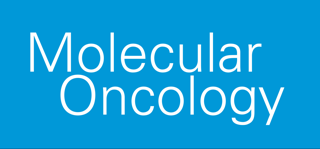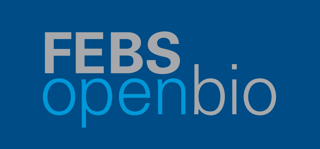Extracellular Matrix: Pathobiology and Signaling
Ed. by Nikos Karamanos,
ISBN: 978-3-11-025877-6
http://www.degruyter.com/view/product/174386
- Comprehensive treatment of the extracellular matrix with special focus on matrix pathobiology and cell molecular biology
- Role of the extracellular matrix in health and disease with outlook for biotechnological and pharmacological applications
- High quality color illustrations
Over the last decades cell biology and biological chemistry have increasingly turned their attention to the space between cells and revealed an elaborate network of macromolecules essential for structural support, cell adhesion and signaling. This comprehensive handbook of the extracellular matrix will give an overview of the current state of knowledge of matrix components (structure and function), their role in heath and disease (matrix pathobiology) and new aspects related to pharmacological targeting.
It will provide an introduction to the extracellular matrix and detailed sections and chapters on:
- Importance of extracellular matrix in health and disease
- Matrix proteoglycans (aggrecan, versican, perlecan, SLRPs, syndecans, glypicans, serglycin)
- Matrix proteinases (remodeling, would healing, regulatory roles in health and disease, metalloproteinases, cystein proteases, plasmin and plasminogen activator system)
- Glycobiology (hyaluronan and sulfated glycosaminoglycans in cancer, inflammation and metabolic control)
- Collagens (supramolecular assembly, proteins binding collagen, scaffolds, bacterial and mutated collagens, procollagen proteinases)
- Cell surface receptors (integrins, syndecans, mechanical strain and TGFb, CD44 and DDR).
- Biotechnological and pharmacological outlook (matrix regulation by growth factors, hyaluronidases, pathobiology, disease targeting, delivery systems, EMT and proteomics).
"The book Extracellular Matrix: Pathobiology and Signaling provides a comprehensive and up to date collection of very relevant topics for understanding the various facets of extracellular matrix and its interactions with cells in normal tissue as well as in disease. It represents the current front-line and will serve as a reference for extracellular matrix and posttranslational modifications."
Dick Heinegård, Department of Clinical Sciences Lund, Section Rheumatology, Lund University, Sweden







